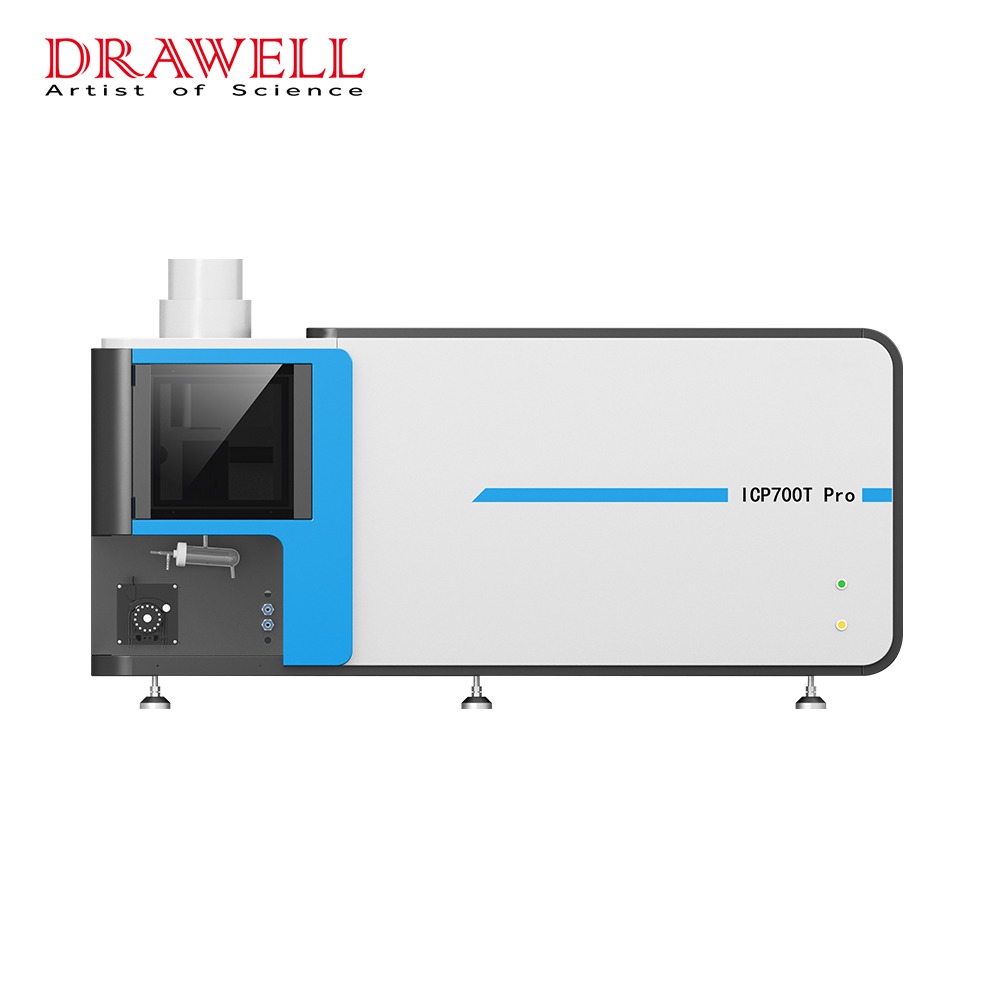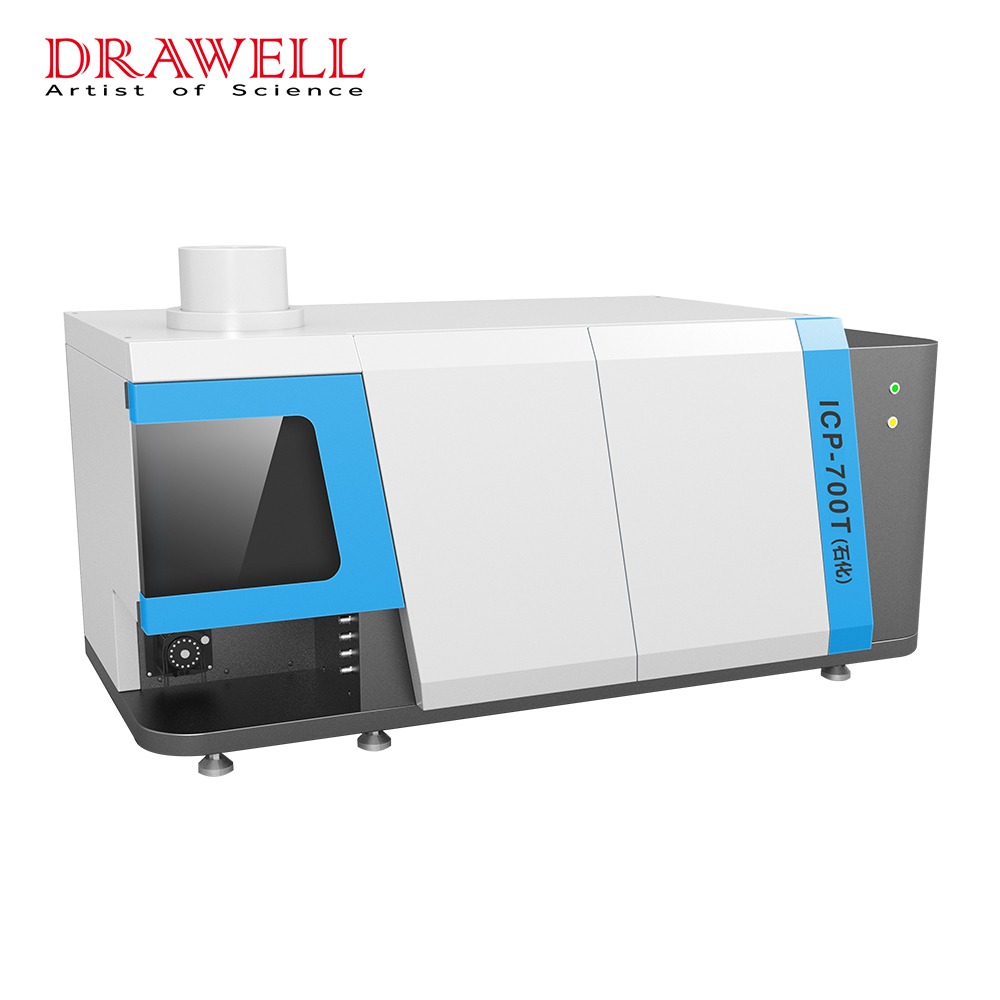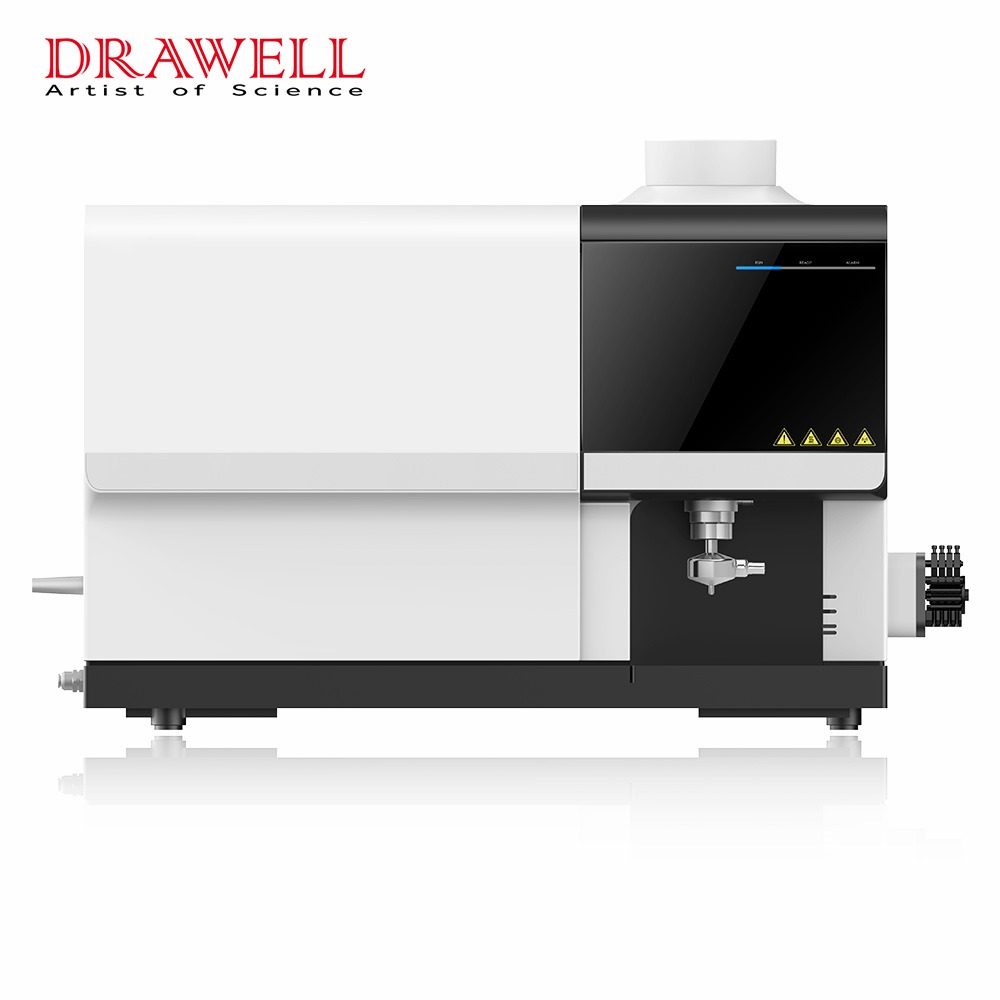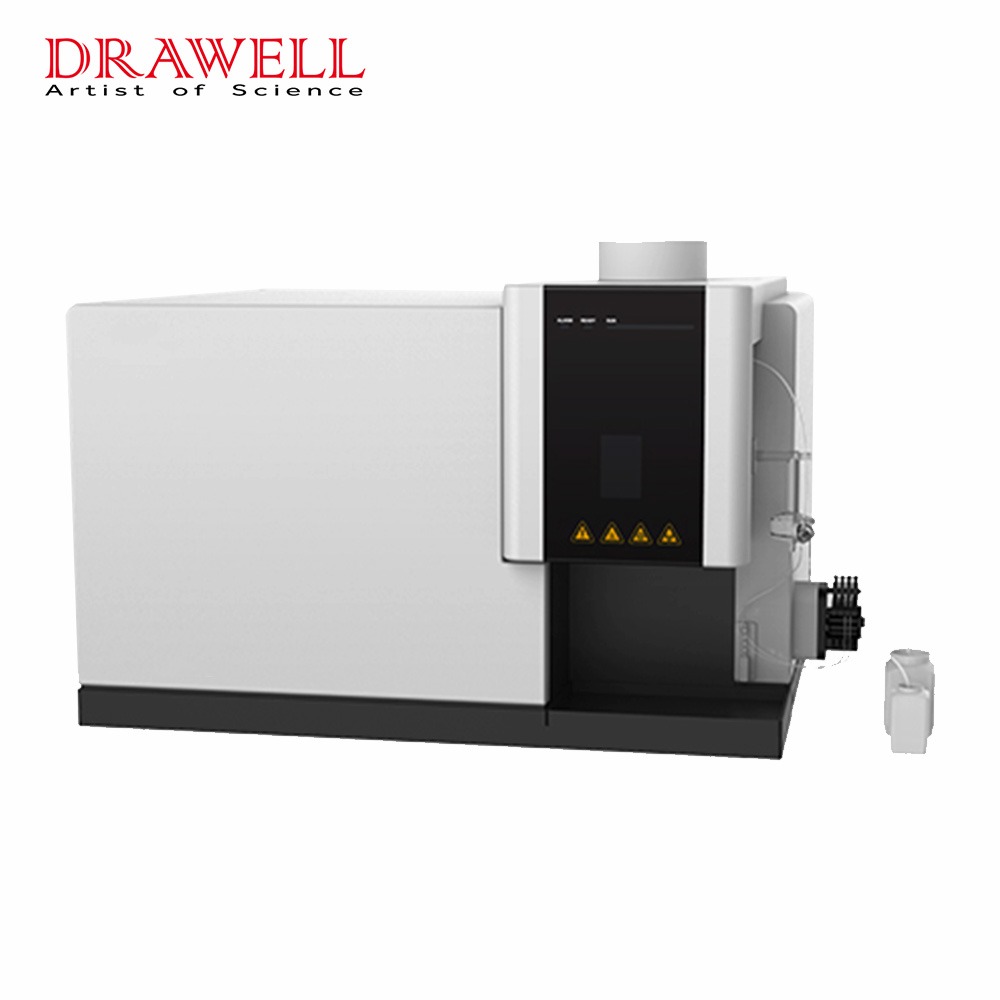Inductively Coupled Plasma Atomic Emission Spectrometry (ICP-AES) and Atomic Absorption Spectrophotometry (AAS) are two prominent analytical techniques extensively utilized in elemental analysis. These methods play a crucial role in diverse scientific fields, such as environmental monitoring, materials science, pharmaceuticals, and metallurgy, enabling precise determination of elemental compositions in a wide range of samples. Understanding the key differences, advantages, and limitations of ICP-AES and AAS is essential for researchers and analysts to choose the most suitable technique for their specific analytical needs.
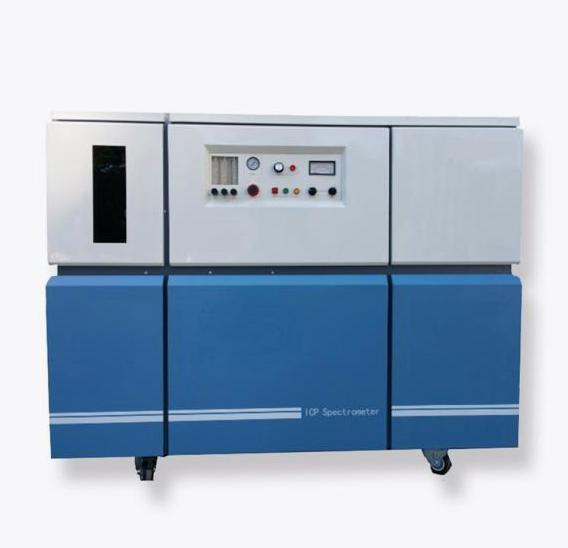
1. Principle of Operation Differences in ICP-AES vs. AAS
ICP-AES: ICP-AES utilizes an inductively coupled plasma to generate a high-temperature ionized gas phase. The analyte elements in the sample are excited and emit characteristic wavelengths of light, which are measured for quantitative analysis.
AAS: AAS measures the absorption of light by the atoms of the analyte elements in a sample. A specific wavelength of light is passed through the sample, and the amount of absorbed light is quantified.
2. Detection Method Differences in ICP-AES vs. AAS
ICP-AES: ICP-AES employs a spectrometer to measure the emitted light and identify the characteristic wavelengths corresponding to different elements. It typically uses a charge-coupled device (CCD) detector or a photomultiplier tube (PMT) to capture the emitted light.
AAS: AAS uses a photomultiplier tube (PMT) or a similar detector to measure the amount of light absorbed by the sample. The detector quantifies the intensity of the transmitted light, which is used for concentration determination.
3. Differences of Sensitivity and Detection Limits in ICP-AES vs. AAS
ICP-AES: ICP-AES offers excellent sensitivity, capable of detecting elements at low concentrations, typically in parts per billion (ppb) or even parts per trillion (ppt) levels. It can simultaneously analyze multiple elements.
AAS: AAS provides good sensitivity but is generally less sensitive than ICP-AES. It is often used for analyzing higher concentrations of elements, typically in parts per million (ppm) or parts per billion (ppb) levels.
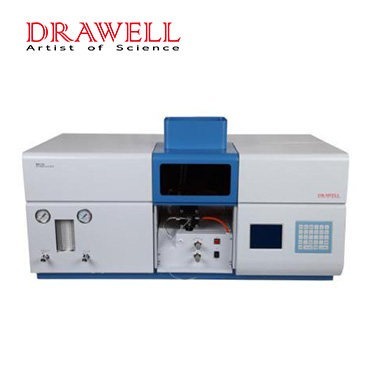
4. Multi-Element Differences Analysis in ICP-AES vs. AAS
ICP-AES: ICP-AES allows for simultaneous multi-element analysis. It can measure a wide range of elements within a single analysis, making it suitable for comprehensive elemental profiling.
AAS: AAS typically measures one element at a time. It requires separate analyses for each element of interest, limiting its throughput and efficiency for multi-element analysis.
5. Sample Matrix Compatibility Differences in ICP-AES vs. AAS
ICP-AES: ICP-AES is highly tolerant of complex sample matrices, including liquids, solids, and gases. It can handle samples with high concentrations of dissolved solids or matrix interferences.
AAS: AAS is sensitive to matrix interferences, especially in complex samples. Careful sample preparation and matrix matching may be required to overcome interferences.
6. Differences of Instrument Cost and Complexity in ICP-AES vs. AAS
ICP-AES: ICP-AES instruments are generally more expensive and complex than AAS instruments. They require a high-power radio-frequency generator to sustain the plasma, and the spectrometer components contribute to the overall complexity.
AAS: AAS instruments are relatively simpler and less expensive compared to ICP-AES instruments. They are often favored for routine elemental analysis due to their ease of use and cost-effectiveness.
The choice between ICP-AES and AAS depends on factors such as the specific analytical requirements, detection limits needed, sample matrix complexity, and budget considerations. ICP-AES is commonly used for multi-element analysis at low detection limits, while AAS is preferred for analyzing specific elements at higher concentrations. If you are not sure about choosing the right one, we are pleased to help you because we DRAWELL are professional manufacturers of analytical instruments. Please feel free to contact us.

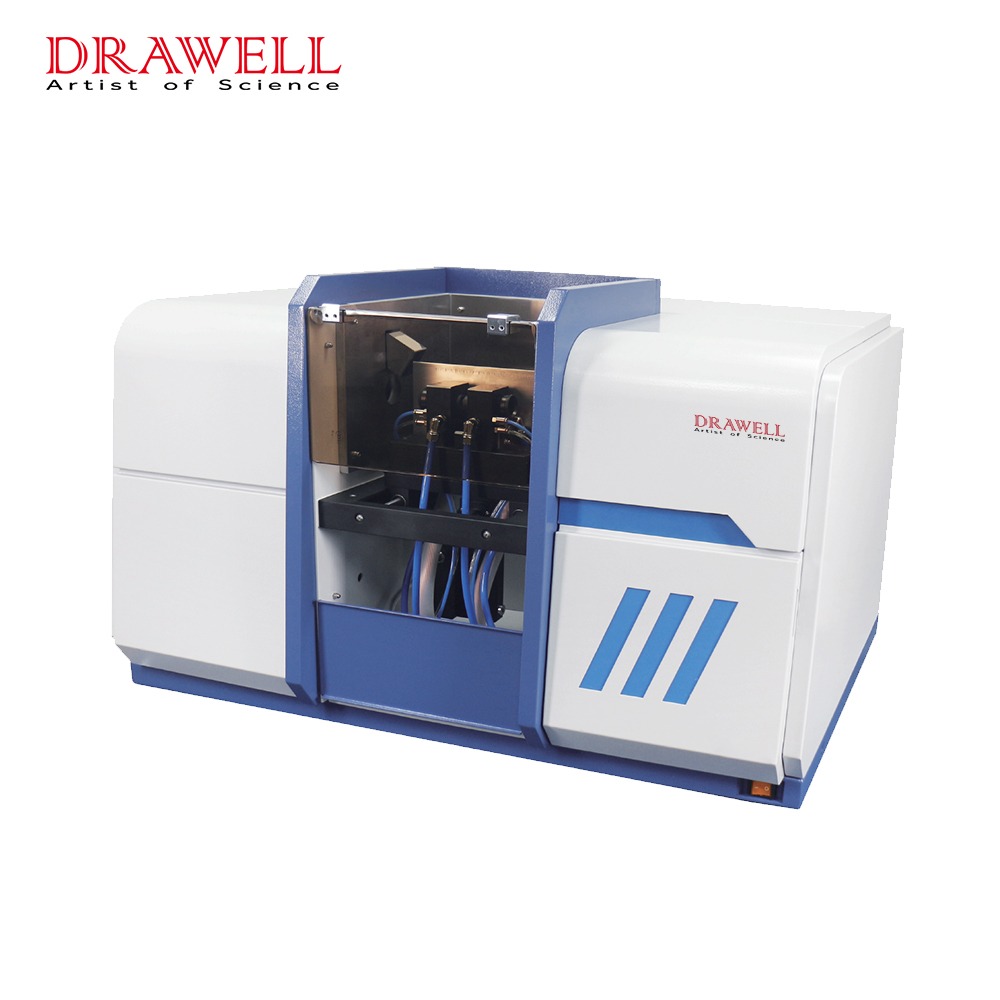
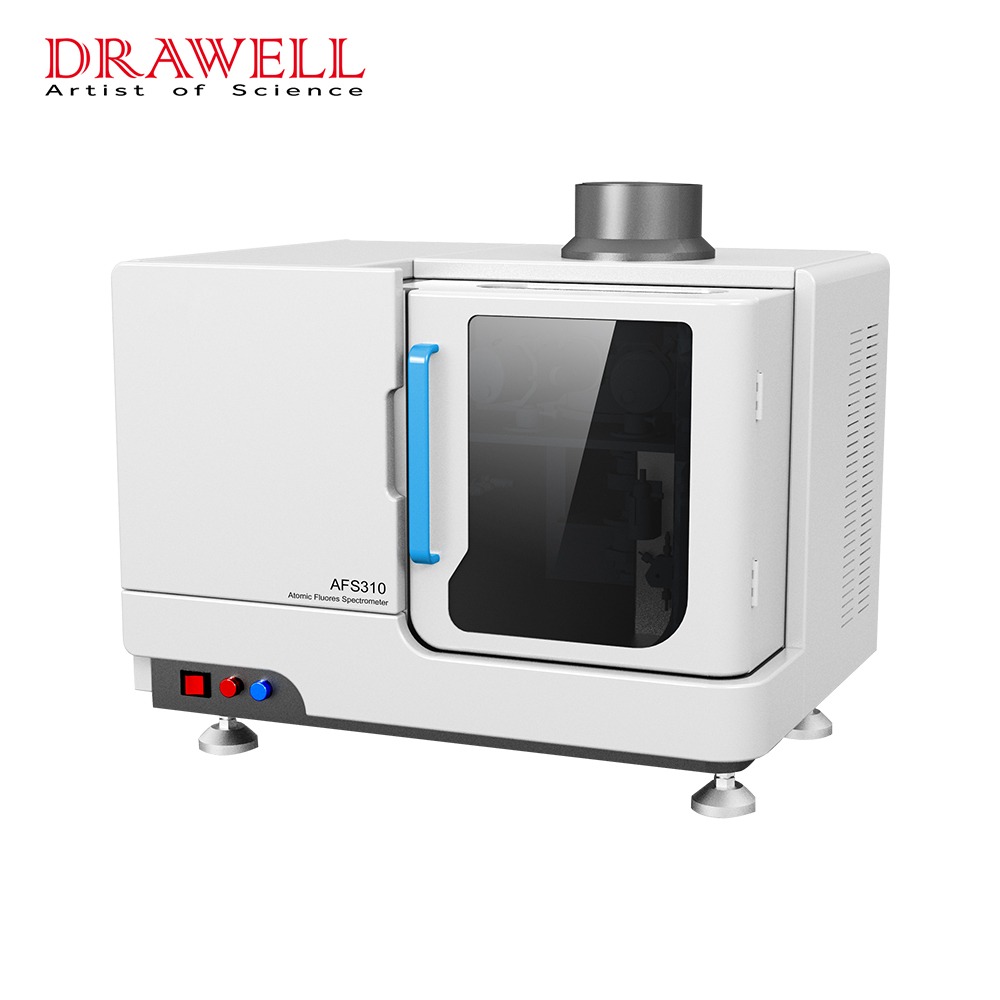
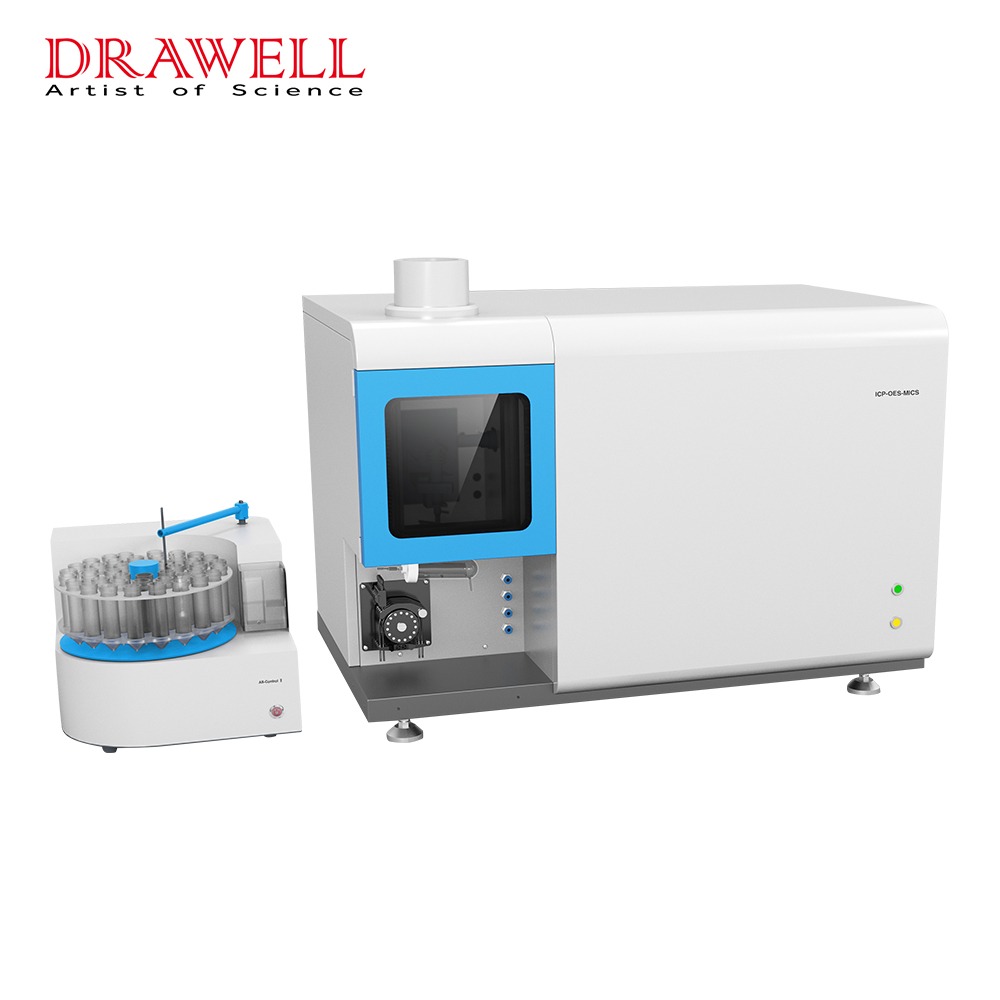
2.jpg)
